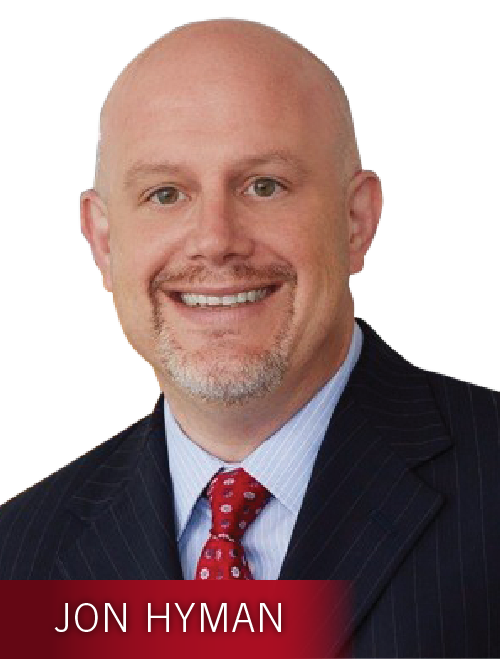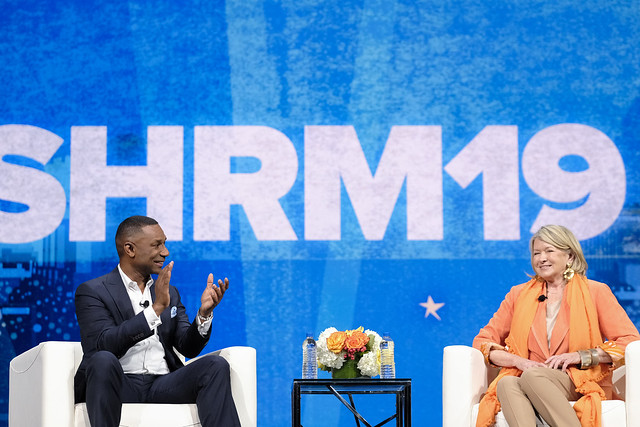It’s been just over 18 months since the National Labor Relations Board decided Boeing Co., perhaps its most significant decision in decades.
It rewrote more than a decade of precedent by overturning its Lutheran Heritage standard regarding when facially neutral employment policies violate the rights of employees to engage in concerted activity protected by section 7 of the National Labor Relations Act.
Category 1: Rules that are Generally Lawful to Maintain, which, when reasonably interpreted, do not prohibit or interfere with the exercise of rights guaranteed by the Act, or the business justification for which outweighs any potential adverse impact on protected rights
Category 2: Rules Warranting Individualized Scrutiny, which are not obviously lawful or unlawful, and must be evaluated on a case-by-case basis to determine whether the rule would interfere with rights guaranteed by the NLRA, and if so, whether any adverse impact on those rights is outweighed by legitimate justifications.
Category 3: Rules that are Unlawful to Maintain, which are generally unlawful because they would prohibit or limit NLRA-protected conduct, and the adverse impact on the rights guaranteed by the NLRA outweighs any justifications associated with the rule.
-
- “Obtaining unauthorized confidential information pertaining to clients or employees.” Lawful Category 1 confidentiality rule.
- “Rude, discourteous or unbusinesslike behavior; creating a disturbance on Company premises or creating discord with clients or fellow employees.” Lawful Category 1 civility/disruptive-behavior policy.
- “Soliciting, collecting money, or distributing bills or pamphlets on Company property by employees during non-working time, including rest and meal periods, is not restricted so long as such activity is in good taste.” Lawful Category 1 solicitation/distribution policy.
- “Un-business-like conduct, on or off Company premises, which adversely affects the Company services, property, reputation or goodwill in the community, or interferes with work.” Lawful Category 1 on-duty conduct rule, and lawful Category 2 off-duty conduct rule.
- “… all information gathered by, retained or generated by the Company is confidential. There shall be no disclosure of any confidential information to anyone outside the Company without the appropriate authorization. . . . nothing in this policy is intended to infringe upon employee rights under Section Seven (7) of the National Labor Relations Act (NLRA).” Unlawful Category 3 rule.
- “Disparaging, abusive, profane, or offensive language (materials that would adversely or negatively reflect upon the Company or be contrary to the Company best interests) and any illegal activities—including piracy, cracking, extortion, blackmail, copyright infringement, and unauthorized access to any computers on the Internet or email—are forbidden.” Lawful Category 1 civility and on-duty misconduct rule.
- “Employees should refrain from posting derogatory information about the Company on any such sites and proceed with any grievances or complaints through the normal channels.” Unlawful Category 3 rule.
- “Employees may not post any statements, photographs, video, or audio that reasonably could be viewed as disparaging to employees.” Lawful Category 1 civility rule.
- “Employees may not post to any on-line forums … providing any Company telephone number or extension. Do not create a link from any personal blog, website or other social networking site to a Company website without identifying oneself as an employee of the Company.” Part lawful Category 1 rule (as to self-identification) , and part unlawful Category 2 rule (as to telephone number ban).
- “The use of personal cell phones or other mobile devices is prohibited during working hours for personal use, including phone calls, texting and downloading of web content.” Unlawful Category 2 rule.













 Cutting-edge companies at the time then began offering health insurance to employees as a recruitment incentive. And, in the early 1950s, the Internal Revenue Service deemed that insurance and similar benefits wouldn’t be counted as taxable income. Viola! The workplace social contract was born.
Cutting-edge companies at the time then began offering health insurance to employees as a recruitment incentive. And, in the early 1950s, the Internal Revenue Service deemed that insurance and similar benefits wouldn’t be counted as taxable income. Viola! The workplace social contract was born.

